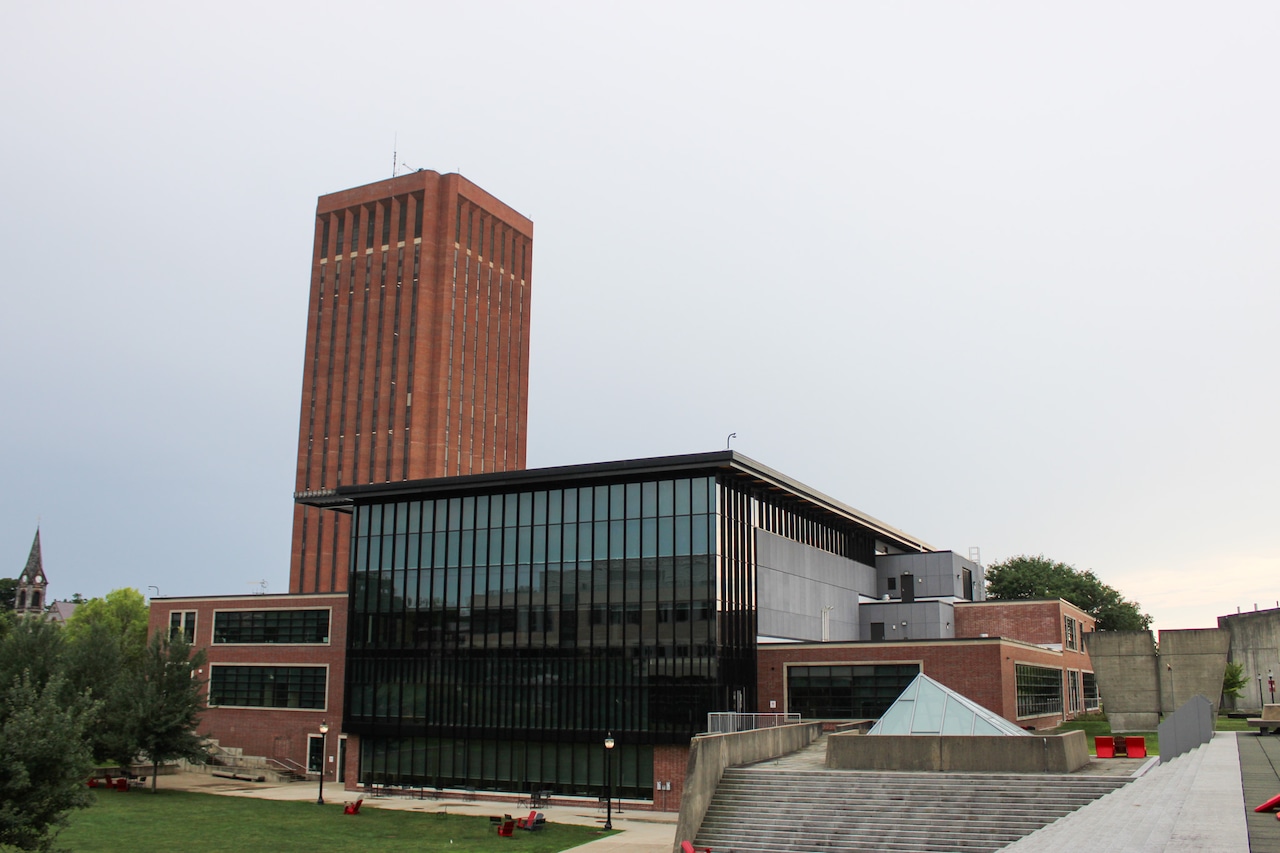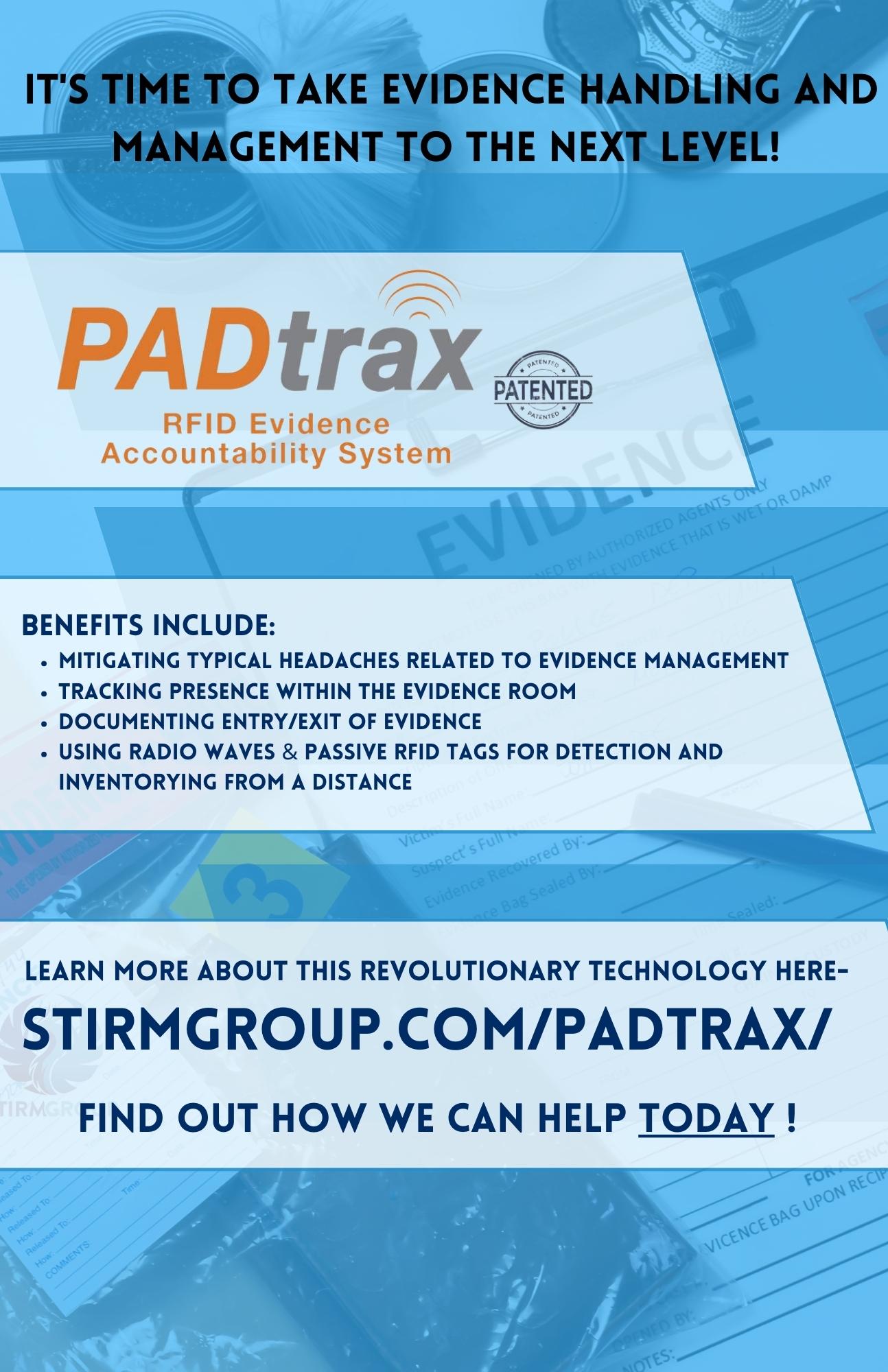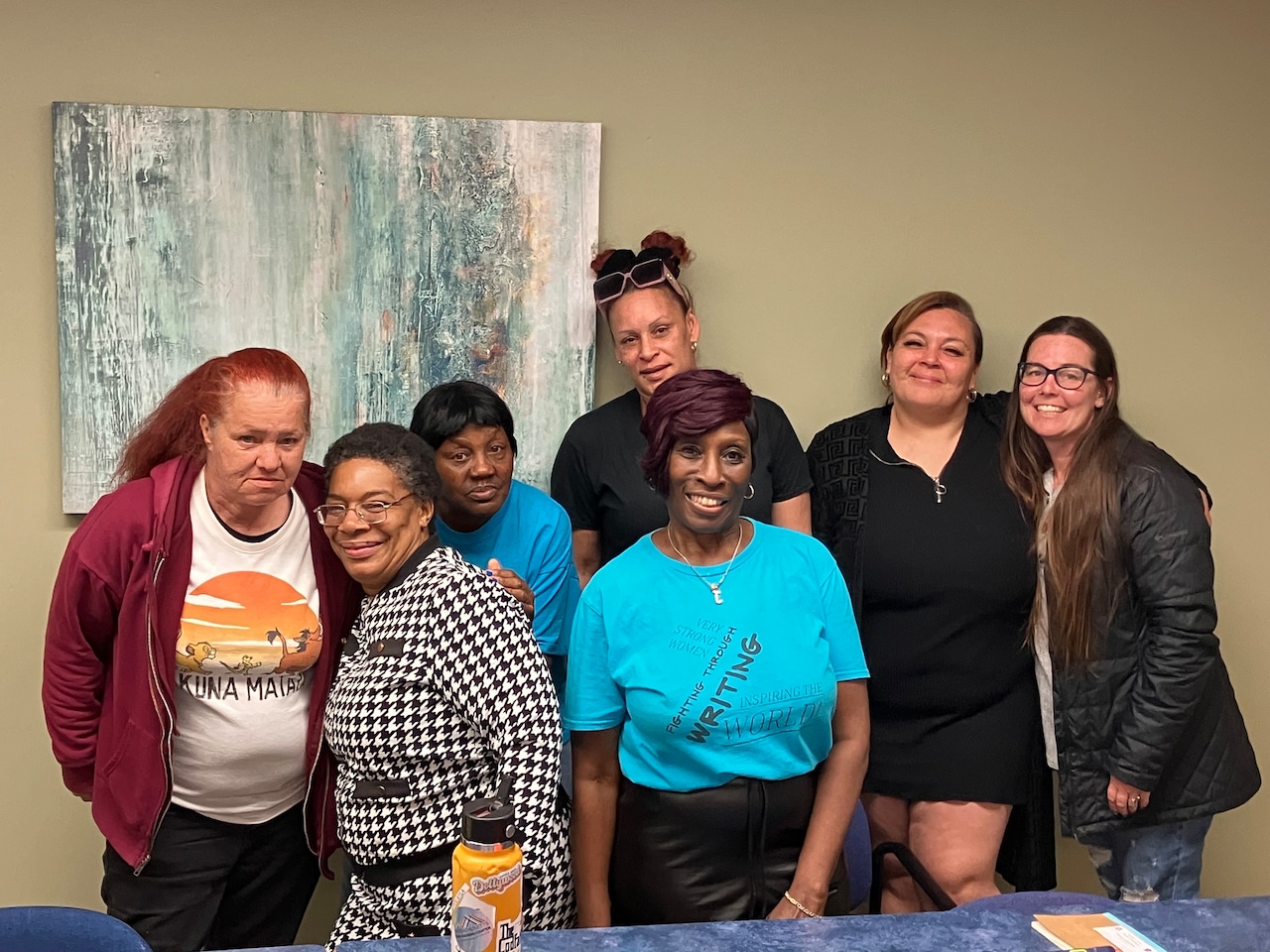
In the span of just over a month, three private colleges and the entire University of Massachusetts system announced it would begin free tuition programs to attract students to their schools.
But why now?
Though the reasoning differs from institution to institution, there are three explanations.
Competition is part of the reaction, responding to other institutions such as the state’s new free community college program. The expansion of the state financial assistance program MassGrant Plus and the delay of the form for federal aid, also known as the Department of Education’s Free Application for Federal Student Aid (FAFSA) are other reasons, according to college officials.
“We’re trying to be competitive against private universities who are discounting at larger rates every single year,” UMass President Marty Meehan said.
“In some instances, too high a rate — because that’s why a lot of the, let’s say non-elite privates, are in financial problems. Because they’re discounting at higher rates than they probably should,” Meehan later added.
Each of the institutions offering free tuition programs will cover tuition and, in some cases, fees for different populations. All begin in fall 2025, except for Holy Cross, which starts this year.
The UMass system will offer free tuition and fee support for in-state undergraduates whose families earn $75,000 or less.
Anna Maria College, headquartered in Paxton, announced it would cover tuition and fees for New England students — Massachusetts, Connecticut, Maine, New Hampshire, Rhode Island, and Vermont — for first-time full-time Pell Eligible students, among other criteria.
Pell Eligible students are those who demonstrate exceptional financial need. Unlike a loan, it doesn’t have to be repaid, except under certain circumstances.
Holy Cross announced it would cover the cost of tuition for families whose total income is $100,000 or less.
Holy Cross declined to elaborate on its motivations for the free tuition announcement.
“As a Jesuit, Catholic institution, we are committed to affordability and access for all our students. This is a continuation of that commitment,” the institution said.
Regis College in Weston will offer full tuition coverage for Pell Eligible students who graduate from any Catholic high school in the United States, Puerto Rico, or U.S. territories.
Key to the decision was the institution’s commitment to increasing access to a college degree, according to Regis College President Antoinette Hays.
“The higher education landscape is changing with free community college, a decline in demographics and others who are questioning the value of a college degree,” Hays wrote in a statement to MassLive.
“The university is always exploring new ways to increase access to a college education and to make college more affordable. This new program meets both of those important goals,” Hays said.
Remaining competitive
At the end of July, Gov. Maura Healey signed into law universal free community college for Massachusetts residents regardless of income or age. The initiative bucked a decade-long trend of declining enrollment in community colleges.
For students like 18-year-old MassBay Community College student Grace Arena, the news that her tuition would be paid for was a huge relief.
“I wasn’t going to need to stress about how much I had to work each week just to be able to pay for school. I could put it aside and really experience what college was all about,” Arena said in October.
At the same time, the program raised concerns about how it might impact private and other public institutions.
Free community college helped drive Anna Maria College’s free tuition announcement. That’s partly because the institution knew it would draw students toward community college instead of Anna Maria, according to Hugh Drummond, the college’s VP for External Relations and Chief Communications Officer.
“It’s just part of the large equation of competition and choice,” Drummond said.
“Every institution takes a look at that and makes adjustments to be more competitive, more attractive, whatever it might be. The most recent one — and significant one — was the state’s ability to offer free community college. So definitely that made us go back to the table and say what can we do,” Drummond added later.
Anna Maria’s president, Mary Lou Retelle, told MassLive in September that the institution could be particularly affected by free community college because it serves a similar population as public and community colleges. Namely many first-generation and high financial need students.
Since fall 2022 after MassReconnect — a free tuition program for students 25 or older — was implemented, new student enrollment increased by close to 41% and total enrollment increased by close to 24%.
State universities have also experienced a slight increase in enrollment, the first since the fall of 2013, according to state data.
In contrast, the UMass system dropped by nearly 3% in new undergraduate student enrollment and undergraduate enrollment is flat, according to state data.
Unlike Anna Maria College, Meehan said he doesn’t think free community college has impacted UMass‘ enrollment.
The hope is that it will help by widening a funnel, bringing more students into public higher education and more potential transfers to UMass, according to Meehan.
UMass’ competition isn’t community colleges but private institutions offering larger and larger discounts on their tuition.
With private institutions often having higher overall tuition, Meehan said people are sometimes attracted to how much money they could get off.
“One of the things I’ve been thinking about doing along this line is to let people know how much a UMass education actually costs, which is significantly above what even the sticker price is,” Meehan said.
Meehan hopes the free tuition announcement will help bring awareness to the affordability of UMass.
“I think our sticker price at UMass is not too, I don’t think it’s too high at all. I think the challenge is getting the word out that we provide significant financial aid to students,” Meehan said.
UMass Amherst and UMass Lowell offered free tuition last year to over 90% of students whose household incomes are $75,000 or less, Meehan said.
Changes in aid
Part of what played into the decision to create a free tuition program at UMass was the expansion of MassGrantPlus in 2023, according to Meehan.
MASSGrant Plus covers unmet financial needs such as tuition and mandatory fees plus $1,200 for books and supplies for families earning less than $85,000.
Families earning between $85,000 and $100,000 per year before taxes can have tuition and fees reduced by half, according to the program’s website.
Each of the announced free tuition programs accounts for state and federal aid before covering the rest of a student’s tuition.
“We really weren’t in a position where we could provide that to everyone last year,” Meehan said, referring to the free tuition announcement.
Another change in aid came with the FAFSA form last year.
Glitches, delays and technical errors plagued many college and university enrollment and burdened their financial aid staff.
The FAFSA form allows students to obtain federal aid to help pay for college.
Institutions such as Hampshire College, Brandeis University and Emerson College cited FAFSA delays as a contributing reason for enrollment issues that resulted in cuts and layoffs.
Forty-four percent of private colleges in the country experienced enrollment declines due to the FAFSA rollout, according to a survey by the National Association of Independent Colleges and Universities.
Anna Maria College missed its target enrollment number, falling from 330 students to 300, Drummond said.
This year the form is delayed once again. Instead of a typical Oct. 1 opening date, the form will launch on Dec. 1 with a testing period for a “limited set of students and institutions” on Oct. 1 to work out any issues that might occur.
Anna Maria College’s Retelle told MassLive in September that she was concerned about how the rollout of the federal student aid could particularly harm smaller schools like Anna Maria.
Anna Maria College created working groups to think through how to target students who might have delayed applying to college or gone to more affordable options because of FAFSA issues, Drummond said.
The tuition-free program at Anna Maria was borne out of those conversations.
“As families faced delays, there were certainly families that said let’s table this for the time being. Or let’s instead look at that free community college as an option because this FAFSA stuff is too difficult or we’ve encountered too many errors,” Drummond said.
“We want to make sure Anna Maria was on their minds,” Drummond said.






